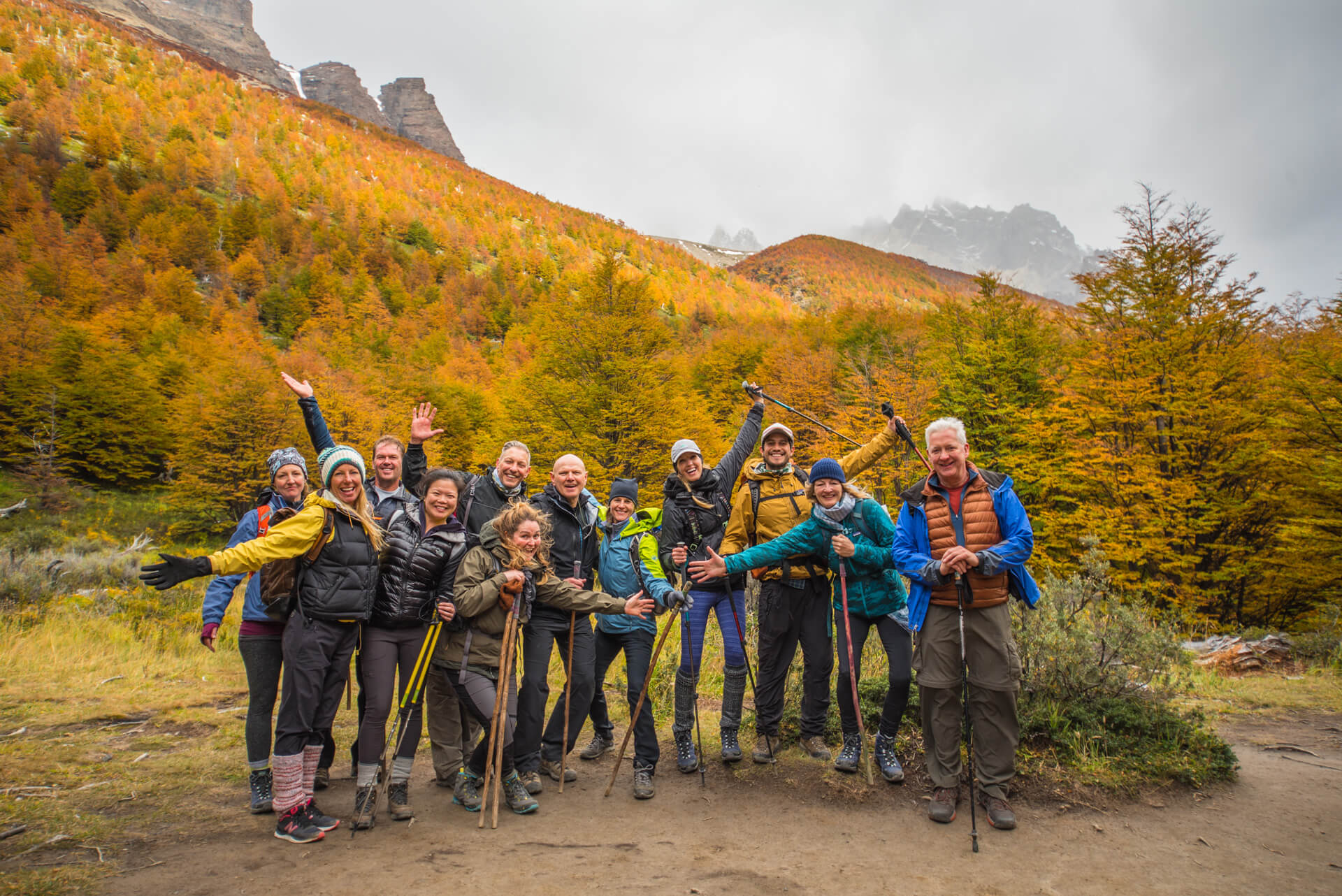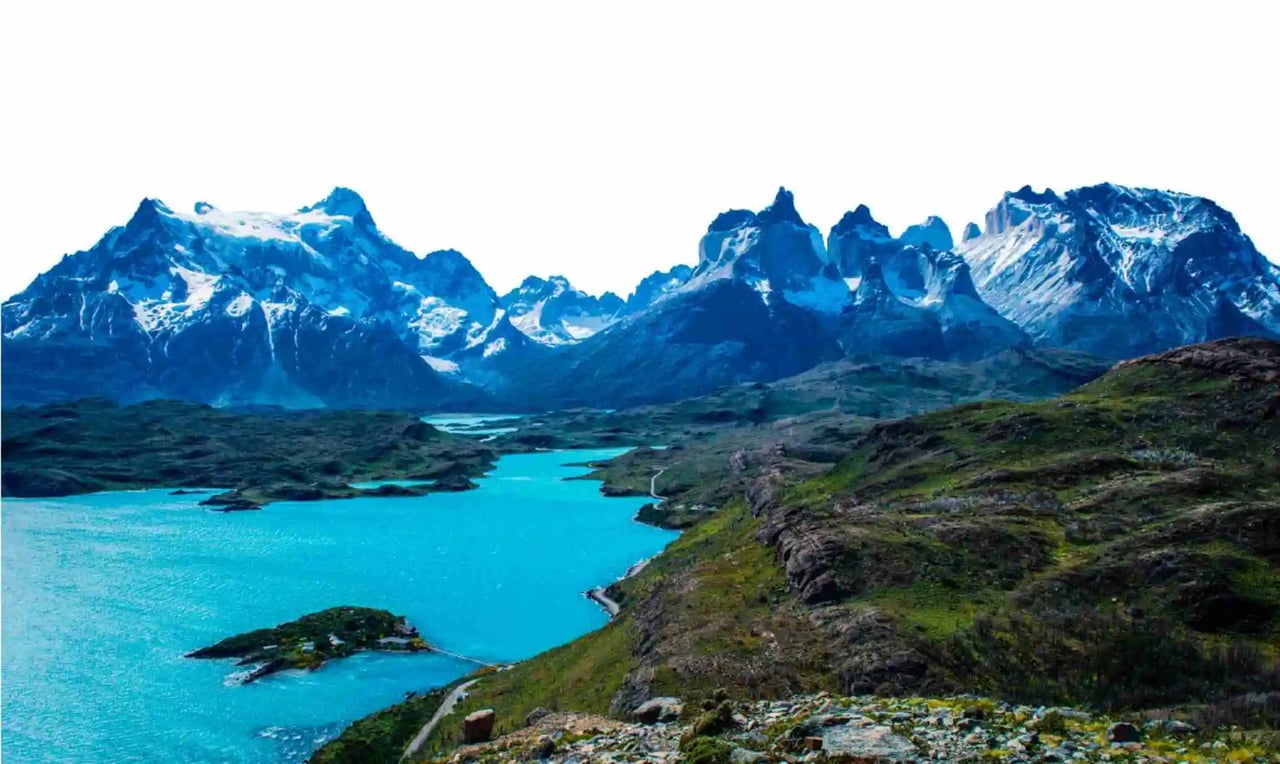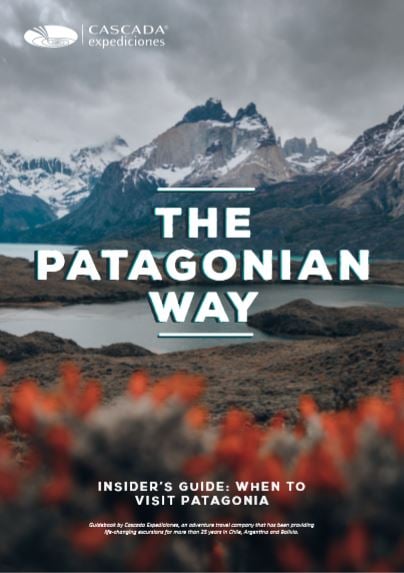It’s now official: Torres del Paine has the highest density of pumas on Earth. While Chilean Patagonia has a healthy population of pumas thanks to conservation efforts over the past decade, Torres del Paine stands out for its puma sighting opportunities, especially throughout the hilly plains of the park.
For thousands of years, pumas (also called cougar or mountain lion) have shared the same territory with humans. During the colonial period, the puma’s natural environment deteriorated with the decrease of its natural prey, forcing it to feed on domestic livestock. However, things have changed as estancias are now understanding the importance of protecting this fascinating wild cat. Today, travelers can spot pumas on a puma tracking experience in Torres del Paine National Park and surrounding areas, where pumas used to be hunted.
Pumas are now protected through sustainable tourism. And if you’re a nature lover, puma spotting should definitely be on your bucket list!
At EcoCamp, we are proud to work with guide and puma tracker Victor Vega, with years of experience observing and photographing these beautiful animals.
Picture below: naturalist guide Victor Vega and partner Nana Mikkelsen in Torres del Paine
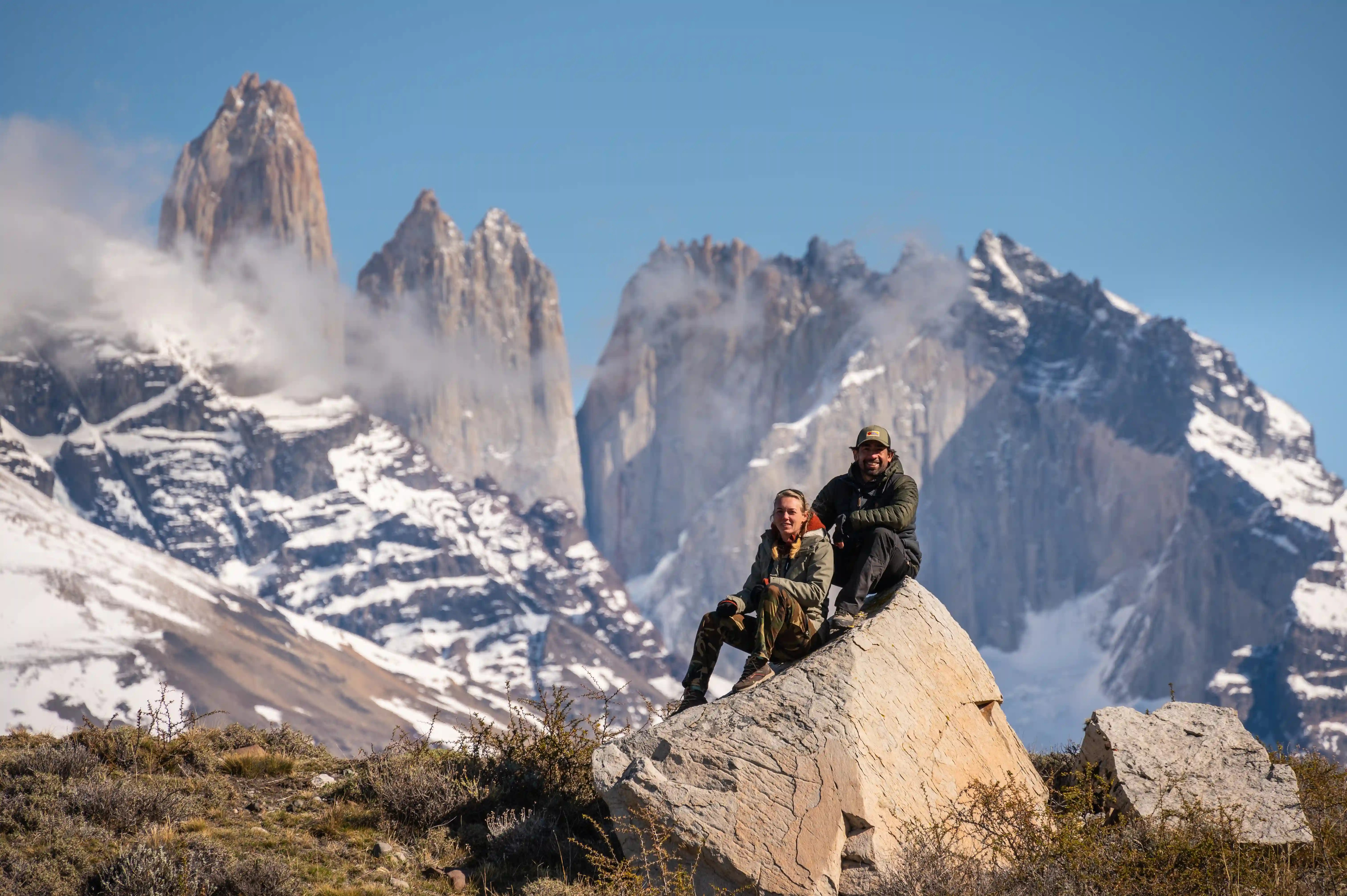
What is your role as a naturalist guide?
"I have been living in Chile’s Magallanes region for more than 10 years. My primary focus is wildlife as a whole; over the years, I specialized in birds and pumas. I lead people throughout Torres del Paine National Park for responsible wildlife encounters.
It seems people have an increasing interest in seeing elusive animals like pumas. For these nature lovers, seeing pumas is a synonym of happiness. It is fantastic to see this joy in the eyes of travelers who cross the entire planet to experience these encounters. At the same time, it is essential to insist that we cannot guarantee those sightings. The puma is a wild animal. But if you come for a Puma Tracking program, you should have enough days to experience at least a couple of puma encounters.
During these days looking for wildlife, my role is to ensure encounters are responsible, safe, and with an educational aspect that makes it a life-changing experience".
![]()
Where do you look for pumas in Torres del Paine?
"We look for pumas in Torres del Paine National Park and the Estancia Laguna Amarga, a huge private land of 7.000 hectares bordering the park (about 22.000 acres). This land has been untouched for years, and rewilding has become a reality, with a healthy population of pumas. Guanacos are roaming freely in that ranch. About 40 different bird species are found there. There is a fascinating habitat for local animals, where one can observe the balance between local mammals, including foxes, the Andean condor, skunks, and armadillos. Years ago, this land was mainly used for sheep and cattle. Nowadays, it is a perfect example of wildlife conservation where nature lovers can dive into the animals’ behavior".
This area is mainly what we call the Patagonian steppe, the guanaco's preferred habitat, and also the reason why there is a higher concentration of the puma, as the guanaco is its favourite prey.
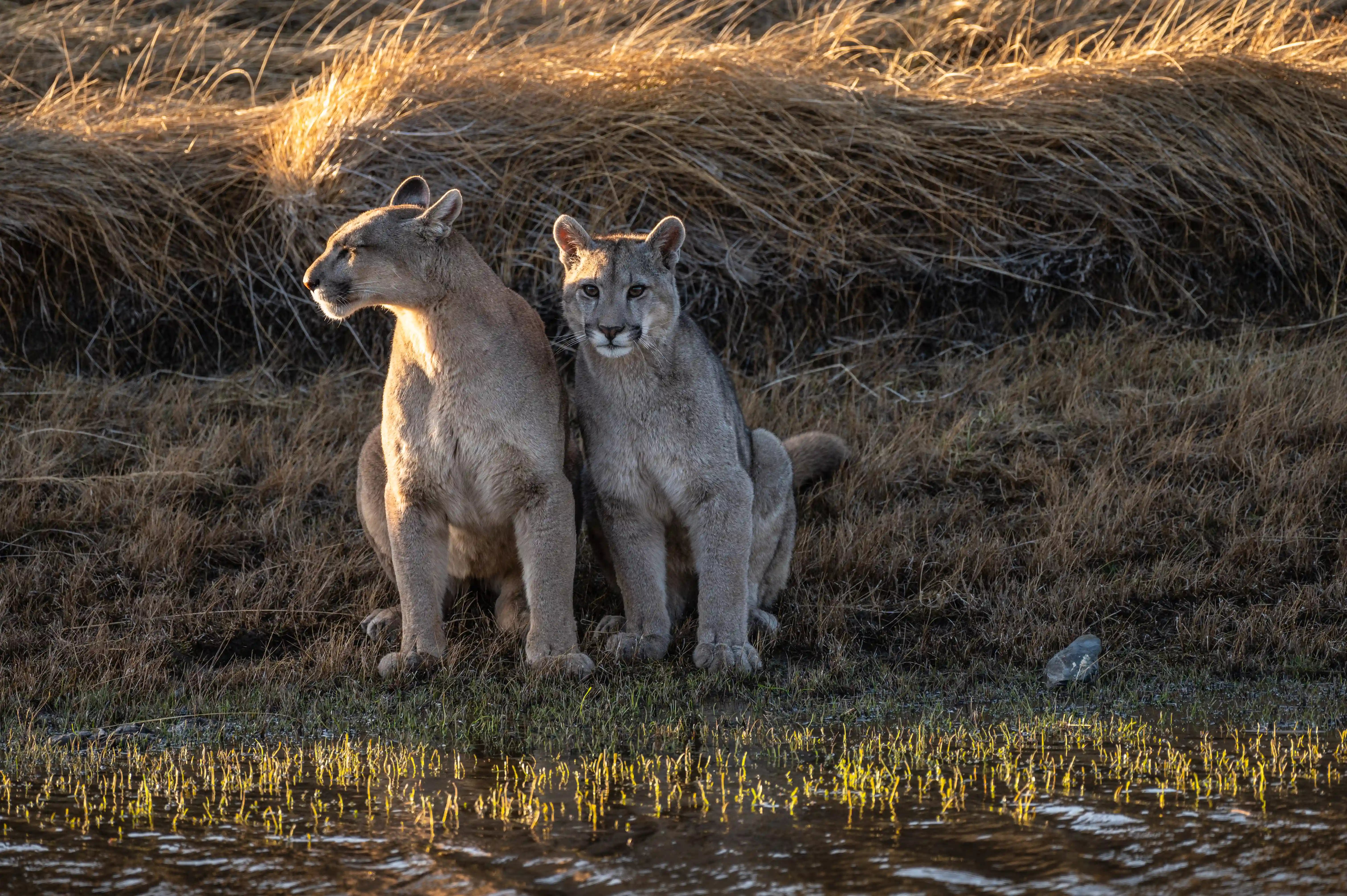
What do travelers experience while observing pumas in Patagonia?
"Nothing compares with the fact of seeing pumas living their daily lives freely in such a unique environment. Today, various pumas that have their territory here have become more tolerant of human observation. That means they no longer feel threatened by humans, which is proof that conservation efforts have become effective. Travelers can therefore observe pumas without stressing them, while always maintaining a safe distance and responsible behavior. As a guide, I love to see emotions in travelers’ eyes. Everyone who sees a puma becomes emotionally connected. What you feel by observing these cats is powerful, but it also matters for travelers to come back home with increased knowledge.
By observing pumas, travelers learn about the challenges of pumas’ conservation in Patagonia’s ranches, where in some places pumas are still threatened by hunting".
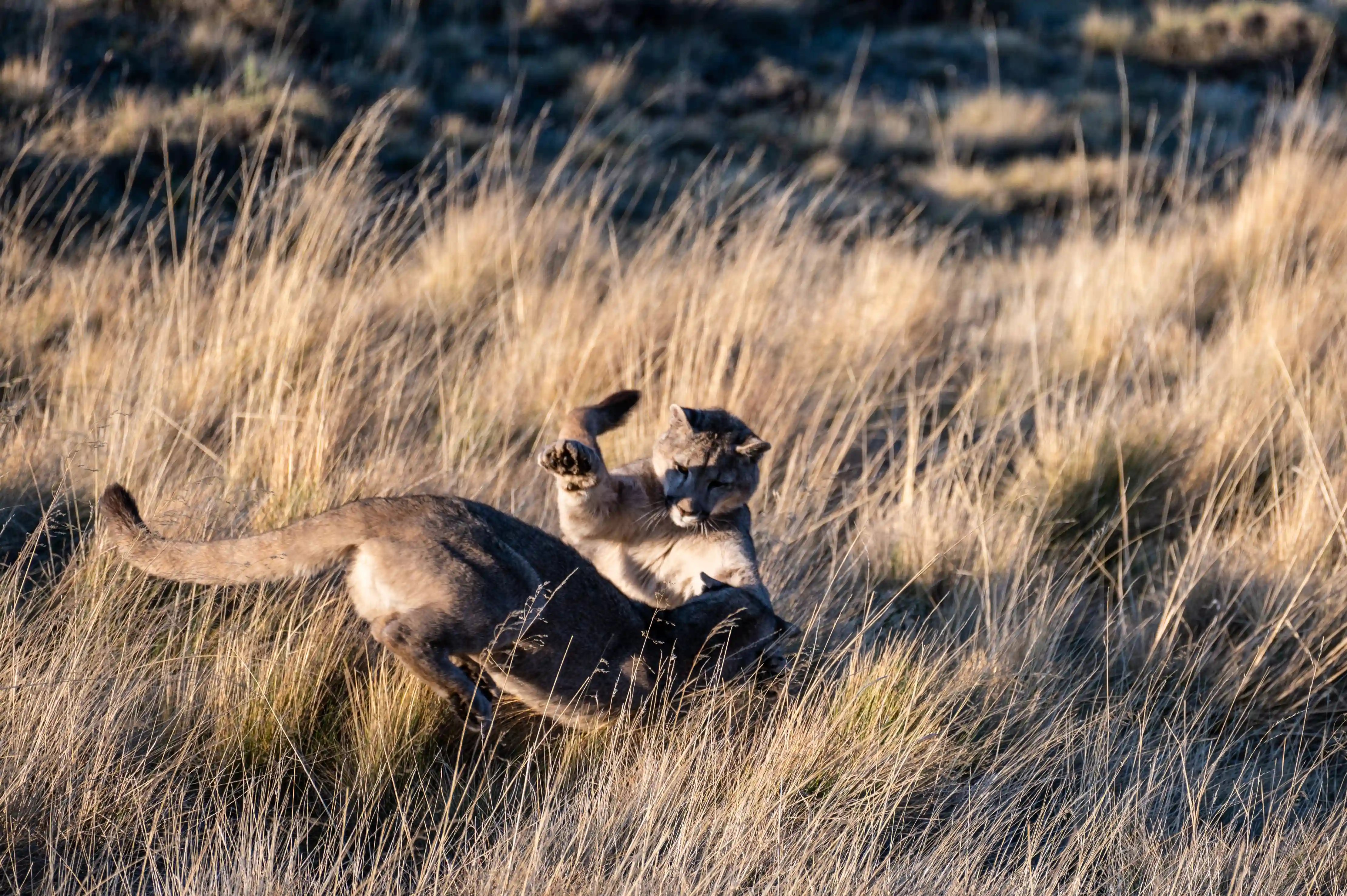
What are the main challenges pumas are facing in Patagonia?
"From the 19th century, families (mostly European settlers) were given huge pieces of land across Patagonia. The Chilean government would provide hectares of land for these families to work with the sheep and cattle, but soon conflicts appeared between these animals and pumas. For pumas, killing their natural prey - such as guanacos - can take up to 10 attempts. Killing a sheep is way easier, as the sheep won’t escape pumas.
For that reason, livestock farming changed the pumas’ natural behavior. Estancia owners would eventually hunt pumas to protect their sheep. This situation began a century ago and continues to this day. However, pumas are now protected in Chile, and estancias such as Laguna Amarga understand the potential of responsible tourism to protect pumas while creating sustainable income. Puma tracking became one of the most effective ways to tackle this challenge in Southern Patagonia’s ranches".
Do you have limited time while staying at EcoCamp Patagonia? We offer Full Day Puma Encounter programs, where you can choose the number of days together with one of our other programs. This option takes place inside and around Torres del Paine, and not inside the private ranch.
![]()
What is a puma tracking experience like in Patagonia?
"To offer an outstanding puma tracking experience, guides must understand the animals’ behavior. We start in the early morning, when pumas are mostly active. We are also looking for pumas during the last hours before dusk. Everything begins with a search, the perfect time for travelers to connect with the place and to understand the environment.
To find pumas, we observe other animals. Guanacos are a great indicator that pumas are around, as they make a very distinctive alarm call when pumas are around. We also pay attention to the puma’s habits while searching throughout wildlife corridors and in places where we know they like to hunt.
At midday, when pumas are less active, we return to the hotel for lunch. Being outside early and late is a way to imitate the puma’s behavior while making the most of the light, which is especially important when you’re into nature photography.".
Interested in reading about another guest´s experience with our puma-watching programs? Read our interview with James Kao, a Wildlife photographer, who visited us to do a puma-watching program
![]()
Interested in photographing Patagonia´s big cat? Check out our puma tracking program here!



